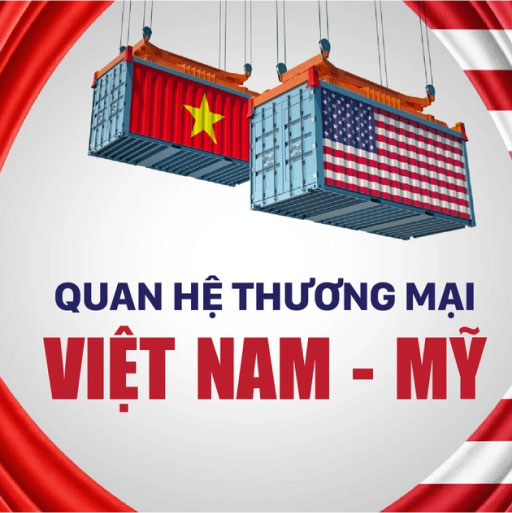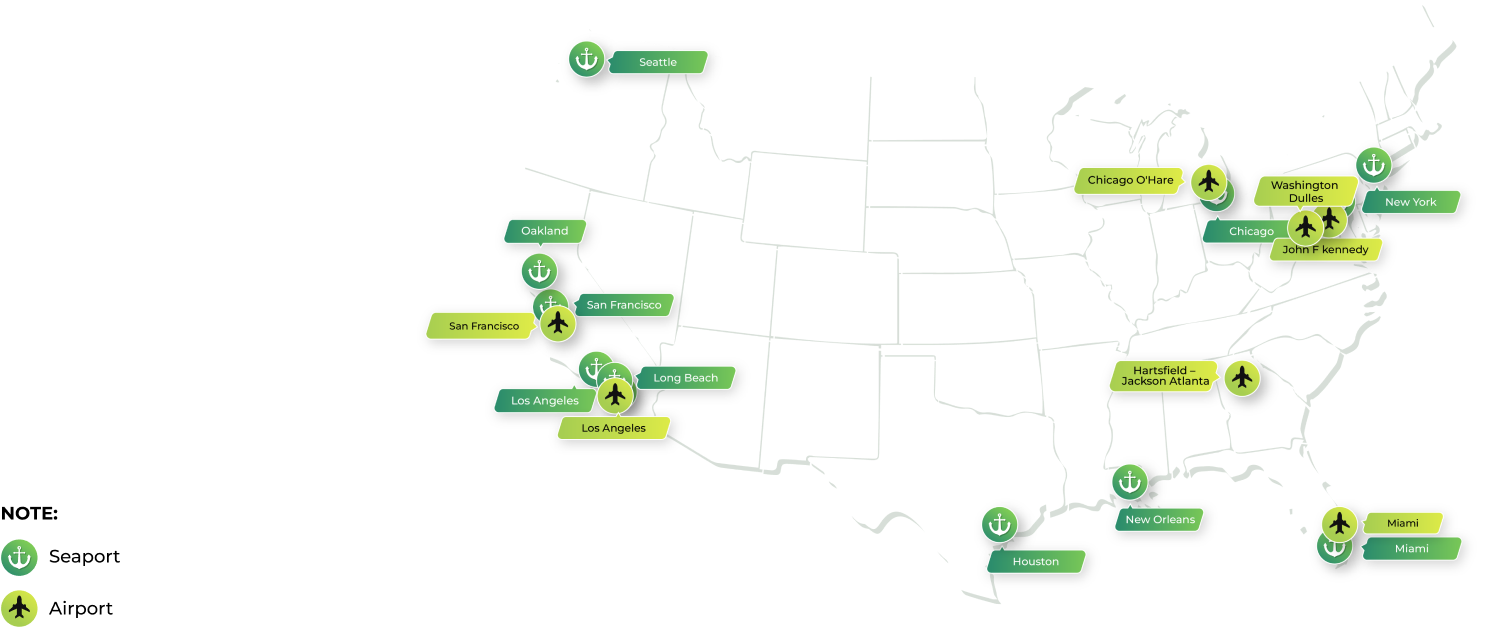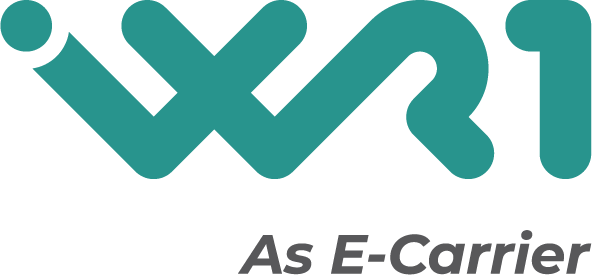Vietnam and USA Trade Relations

The overall situation
The latest report from the General Statistics Office shows that the United States is Vietnam’s largest export market, with an estimated turnover of 44.2 billion USD in the first 6 months of 2023. In their recent meeting in Hanoi, Vietnam and the United States decided to elevate their bilateral relationship to a ‘Comprehensive Strategic Partnership.’ This is seen as a significant milestone that takes the diplomatic ties between the two countries into a ‘new phase,’ strengthening comprehensive cooperation in all aspects.
Update: 6/10/2023 / Source: VOV.VN
The state of trade relations
Some of the trade agreements between the two countries include the Bilateral Trade Agreement (BTA), the Agreement on Cooperation in Science and Technology, Textiles, Aviation, Economic and Technical cooperation, and more.
Key export items from Vietnam to the United States include textiles, footwear, seafood, cashew nuts, wood products, handicrafts, and coffee…
Update: 6/10/2023 / Source: usis.us
Main Seaport/Airport

Types Of Shipping Modes
The types of Shipping modes between Vietnam and USA include:
By sea
- Full Container Load (FCL) shipment
- Less-than-container Load (LCL) shipment
DELIVERY TIME
Shipping time varies from 17 – 31 days, depending on the departure and destination ports. You can refer to some routes below:
- HPH – NYC: 31 days
- HPH – LAX: 17 days
- HPH – LGB: 17 days
By air
- Express
- Air cargo
DELIVERY TIME
Shipping time ranges from 4 – 7 days, depending on the type of shipping service.
Requirements for importing into USA

Requirements for USA import procedures
- Exporters need to file an Automated Manifest System (AMS): Information about the shipment must be filed at least 48 hours before the vessel’s departure date.
- Importers need to file an Importer Security Filing (ISF): This filing should be done at least 48 hours before the vessel’s departure date.

Label and packaging requirements
- Highlight two essential factors that help consumers easily choose food: Calories per serving and Serving size.
- Update the Daily Value based on the guidelines recommended in the book ‘Dietary Guidelines for Americans 2015-2020’

Consumer products requirements
- Compliance with FDA food safety regulations (including labeling requirements and the Food Safety Modernization Act – FSMA)
- Health Certificate (HC)
- Certificate of Origin (C/O)

Textile and Apparel Requirements
- Textile and apparel products imported into the United States must adhere to the regulations set forth in the Textile Fiber Product Identification Act (15 U.S.C.70) and the Wool Product Labeling Act (15 U.S.C.68).
- Fiber content: Fiber names must precisely conform to the name assigned by the Federal Trade Commission or internationally recognized standards.



 Tiếng Việt
Tiếng Việt